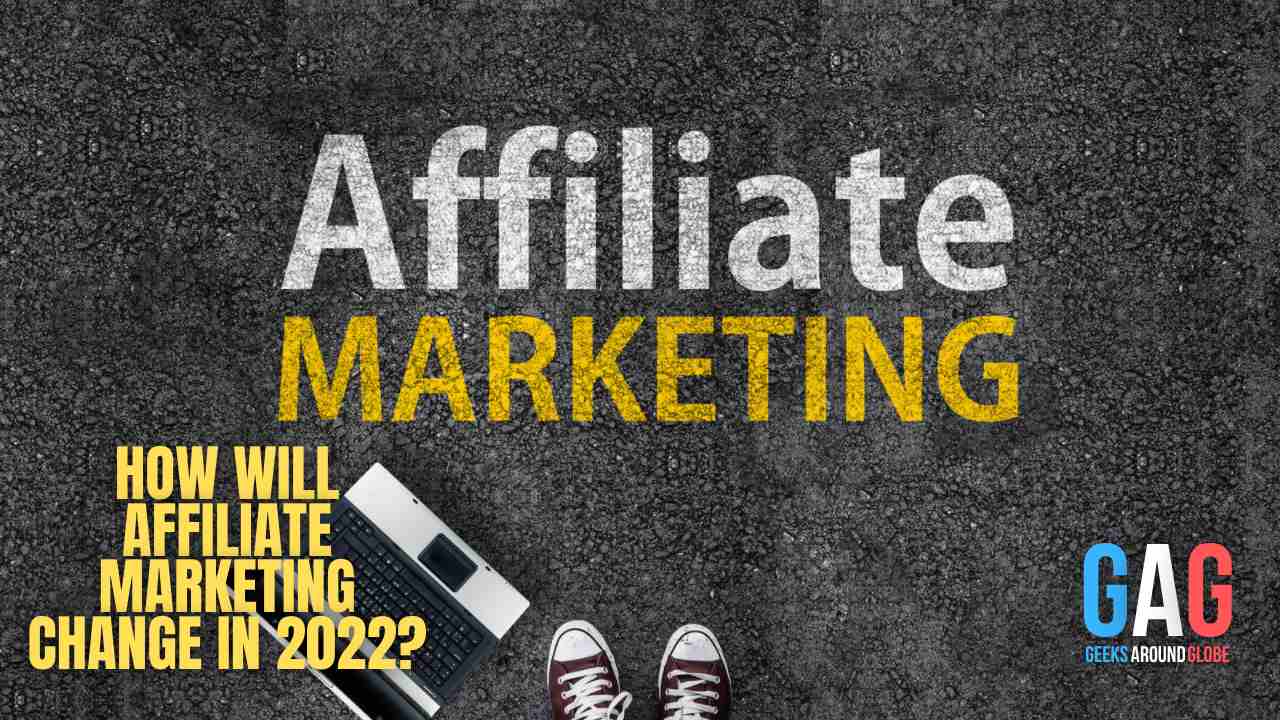In the dynamic field of advertising, businesses have typically relied on 3rd-party cookies to monitor user behavior, gather browsing information, and shape their marketing plans. But in today’s changing landscape, the significance of 1st-party data is on the rise.
Explore the definition of 1st-party data, learn how to collect it, and understand the advantages it offers to your digital marketing strategies.
What is First Party Data and Why is it Important?
First Party data encompasses valuable information sourced directly from your loyal customers and interested prospects. These individuals have actively interacted with your brand and possess a solid understanding of your products. This data is collected from a variety of channels, including CRMs, website visits, social media followers, emails, and phone calls.
By harnessing this reliable and precise information, you can ensure that it accurately reflects the true behavior of your audience in real-time. This empowers you to deliver personalized and captivating customer experiences, all while adhering to privacy regulations.
The Benefits of First Party Data
First-party data is information that businesses collect directly from their customers or audience. It’s a goldmine of insights because it’s both reliable and relevant, offering the most accurate view of who your customers are, what they want, and how they interact with your brand.
One of the key benefits of first-party data is its precision and relevance. Since this data comes directly from your audience, it is highly accurate and pertinent to your business. It can provide specific insights into your customer’s behavior, preferences, and needs that other forms of data cannot. This allows for highly targeted and personalized marketing efforts, which can significantly improve engagement rates and ROI.
Another advantage of first-party data is that it builds trust with customers. When you use your own data, collected with transparency and user consent, it demonstrates respect for privacy and fosters customer loyalty. Not only does this adhere to growing privacy regulations, but it also positions your brand as trustworthy and customer-centric.
Lastly, first-party data is cost-effective. While acquiring third-party data often involves paying for access, first-party data is essentially free. All it requires is the investment in tools and strategies to collect, manage, and analyze it. This makes first-party data not only more accurate and reliable, but also more economical.
Common Types of First Party Data
In a world where data-driven decisions are increasingly critical, first-party data offers a wealth of benefits to both PPC agencies and in-house marketers to finetune their digital results.
First-party data takes various forms and here are 5 of the most popular ways to obtain this data from your those who interact with your business:
1. Website Analytics: Uncover user insights by tracking page views, clicks, session duration, and conversion actions using robust website analytics tools.
2. Email Campaigns: Gain valuable data on customer preferences and optimize future communications by monitoring opens, clicks, and conversions from your email campaigns.
3. Targeted Surveys: Get specific answers from your target audience to gather data on their preferences, opinions, and behaviors through well-designed surveys.
4. Loyalty Programs: Encourage users to willingly provide their contact information by offering attractive loyalty programs or exclusive app subscriptions for targeted marketing and communication.
5. Online Chat: Engage with website visitors using live chat or chatbot interactions to gather user queries, preferences, and other relevant information for insightful first-party data.
Harness First Party Cookies for Digital Success
With privacy regulations constantly evolving, the significance of 1st-party data cannot be ignored. Marketers are now realizing the immense value that can be gained from leveraging this data, especially in today’s highly competitive digital landscape.
So, what makes 1st-party data so valuable? It’s accurate, reliable, and of exceptional quality. By tapping into the potential of this data, you have the ability to create marketing campaigns that not only deliver results but also align with your business objectives.
But the advantages of utilizing 1st-party data go beyond that. It gives you a competitive edge, unlocking opportunities to enhance customer experiences and cultivate stronger relationships through personalized marketing initiatives.







